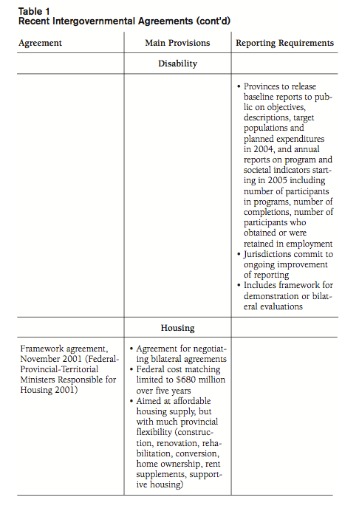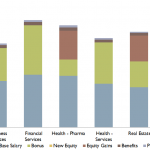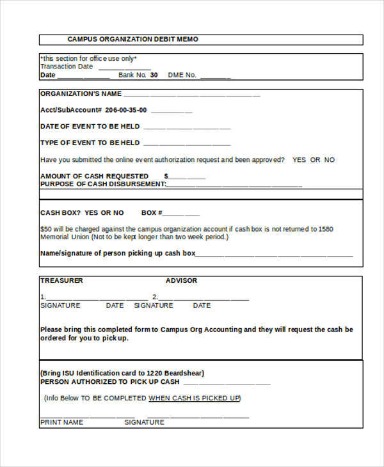Accounting 101: What is General Ledger Accounting?

As per this principle, there are at least two accounts involved when a particular transaction takes place. Further, the Duality Principle is expressed in terms of the below accounting equation. This means you first need to record a business transaction in your Journal. Remember, you need to record each of them in Journal in the order in which they occur. Once you record the transaction in the Journal, you are then required to classify and transfer it into a specific General Ledger account.
Where do small businesses go wrong with general ledgers?
General ledgers may be the master of all accounting reports, but there are several reports that will help you generate your general ledger. Put your accounting on autopilot with the help of the FreshBooks cloud accounting software. As a supplement to the general ledger, your chart of accounts lists the what exactly is bookkeeping for attorneys account names and purposes of all your sub-ledgers. When you hire a bookkeeper who understands your industry, they’re able to set up your books using sub-ledgers that make sense for you. As the business grows and the number of accounting staff increases it is impractical to have only one ledger.
Subsidiary Ledgers and Control Accounts

This software ensures the general ledger will sort all transactions through the proper accounts to create accurate financial records. With QuickBooks for Small Businesses you can connect all of your business accounts seamlessly and track all expenses in one place. An accounting journal is filled with individual entries that record the transactions of a business’s accounts. A ledger keeps track of all the accounts of a business, which have been used in their journal entries. Once your GL has been created, diligently fill in the spaces, documenting all financial transactions that take place. This is the place where you consolidate all cash inflow and outflow, purchases, sales information, and other journal entries.
The Ledger: The Second Phase of Accounting
If a GL account includes sub-ledgers, they are called controlling accounts. Make it a habit to post journal entries to reflect all financial transactions regularly, including but not limited to revenue, expenses, and asset/liability adjustment. Sub-ledgers within each account provide details behind the entries documented in account ledgers, such as if they are debited or credited by cash, accounts payable, accounts receivable, etc.
- Once you complete the Trial Balance, the account balance is finally entered in the income statement and the balance sheet.
- This is because the journal contains a large number of transactions relating to purchases at different places according to their respective dates of occurrence.
- General ledgers may be the master of all accounting reports, but there are several reports that will help you generate your general ledger.
- A general ledger account (GL account) is a primary component of a general ledger.
- Although there are many possible accounts in a general ledger, they can all usually be classified into permanent and temporary categories.
- The trial balance is checked for errors and adjusted by posting additional necessary entries, and then the adjusted trial balance is used to generate the financial statements.
Furthermore, a General Ledger helps you to know the overall profitability and financial health of your business entity. In addition to this, the detailed information contained in General Ledgers helps you to do the audit smoothly. Unlike Operating Expenses, the Non-Operating Incomes and Expenses are one-time incomes or expenses that you earn or incur. The stockholder’s equity refers to the excess of assets over liabilities of your business.

Any increase in capital is also recorded on the credit side, and any decrease is recorded on the debit side of the respective capital account. For example, the amount of cash in hand at a particular date (e.g., the first day of the accounting period) is recorded on the debit side of the cash in hand account. All entries recorded in the general journal must be transferred to ledger accounts.
To produce the financial statements, an accountant generates a trial balance that lists each account and the current balance. You can also use the information on a GL to verify the accuracy of financial statements during internal reviews and audits. Options to include on your GL chart of accounts are assets, liabilities, revenues, equities, and expenses, along with other income and expenses, if relevant.
It’s essential to have an accurate accounting of all transactions so that financial statements are correct. This is often the role of a bookkeeper or other accounting staff,” said Cross. “General ledgers are maintained to make a balance sheet, file taxes and most importantly, view all your information in one place,” said Salman Rundhawa, founder https://www.business-accounting.net/ and CEO of FilingTaxes. “A general ledger (GL) is a parent copy of all the financial transactions of a business. All other necessary accounting formats seek information from it,” he added. Most accounting software programs are pre-programmed with a general ledger and chart of accounts, including free software like Wave Accounting.

The dollar amount of total debits must equal total credits in the double-entry accounting system. This gives you the chance to reconcile these errors before closing your books at the end of an accounting period. Double-entry bookkeeping is the most common accounting system for small businesses. It’s a way of managing your day-to-day transactions and stay on top of possible accounting errors. Every business transaction is recorded twice—once as money leaving an account (a credit) and again as money entering an account (a debit). The double-entry accounting method requires every transaction to have at least one debit (incoming money) and one credit (outgoing money) entry, which must always balance out.
Purchases Ledger is a Ledger that records all transactions related to purchases that your business entity makes. In other words, Purchase Ledger records all the https://www.personal-accounting.org/understanding-the-basics-of-infinite-banking-with/ transactions taking place between you and your suppliers. For example, say you purchase raw material from your vendor William Paper Mill throughout the year.
Apply for financing, track your business cashflow, and more with a single lendio account. With an expense Ledger, you get a transparent picture of where exactly your money is going. That is because an expense ledger exclusively focuses on keeping a robust record of all the costs incurred by your business. This can help you keep track of all tax-related transactions, ensuring compliance and accuracy. Speaking of record keeping of transactions, we will take a slight detour here to look at GL codes. Next, we’ll dive into a few other financial accounting documents that are closely related to — but distinct from — the general ledger.
If you’re more of an accounting software person, the general ledger isn’t something you use but an automated report you can pull. Your software of choice will probably have an option to “View general ledger,” which will show you all the journal entries you’ve entered (for a given time frame). If the assets you have recorded don’t equal the value of your equity plus liabilities, your account balances don’t match and need to be corrected. If you decide to research double-entry bookkeeping, you’ll probably come across the term “trial balance” often. Trial balances are a financial tool specific to double-entry bookkeeping. If you choose to set up a double-entry ledger, you should be ready to prepare trial balances regularly.
A general journal records every business transaction in chronological order—it is the first point of entry into the company’s accounts. The general ledger is the second entry point to record a transaction after it enters the accounting system through the general journal. In accounting, a General Ledger (GL) is a record of all past transactions of a company, organized by accounts. General Ledger (GL) accounts contain all debit and credit transactions affecting them. In addition, they include detailed information about each transaction, such as the date, description, amount, and may also include some descriptive information on what the transaction was. A general ledger account, or GL account, is one of the basic elements of financial accounting.
Sub-ledgers (subsidiary ledgers) within each account provide additional information to support the journal entries in the general ledger. Sub-ledgers are great for accounts that require more details to review the activity, such as purchases or sales. Understanding what an accounting ledger is and its importance to your business finances can help you organize and track transactions more easily.
[/restrict]